Colonial Valladolid Offers an Authentic Cultural Treat
by Mari Pintkowski (August 2008)
Editor’s Note: even though this article was written more than 10 years ago, we find that it remains relevant to today’s travelers. Unlike many areas of the Riviera Maya, the nature of colonial Valladolid has not really changed.
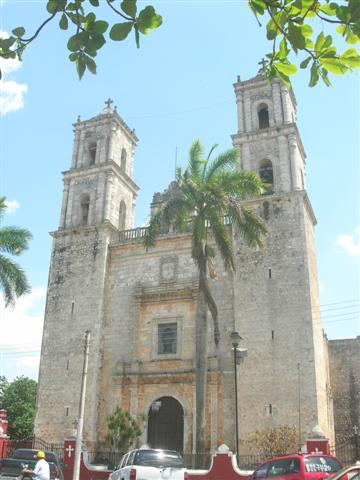
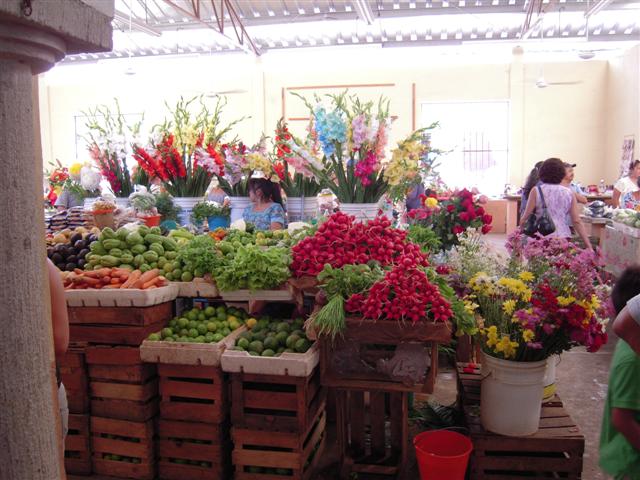
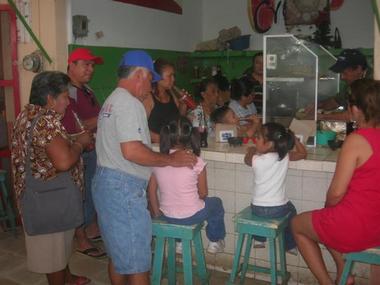

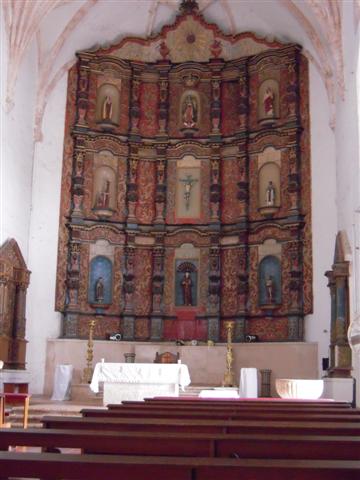
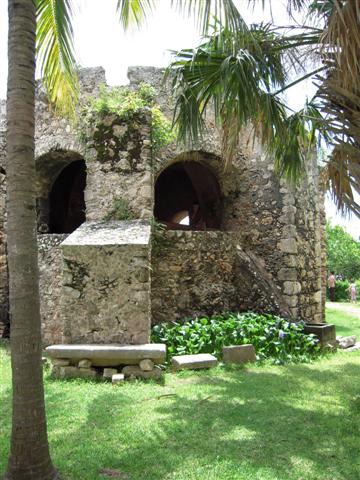
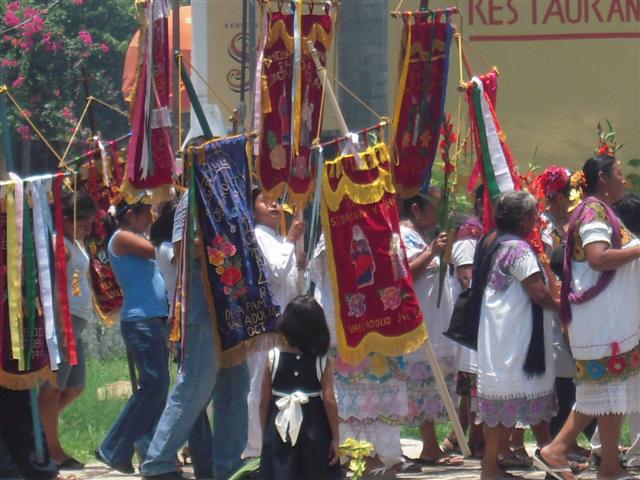
When you are planning your visit to the Riviera Maya, you have probably already listed the magnificent white sand beaches of Tulum, the Mayan ruins, the mystic shores in the Sian Ka’an Biosphere, the sacred cenotes and underground rivers, and 5th Ave. in Playa Del Carmen. But if you want to add a colonial city to your list and enjoy a refreshing glimpse of another part of the culture of the Yucatan, Valladolid, named for a city in Spain, is only an hour from Tulum.
Valladolid is an easy destination from the Riviera Maya or Tulum. Take the Tulum-Coba Highway west until you reach the interchange (round-about) leading to Coba in one direction, the monkey sanctuary in the other, and Valladolid straight ahead. This is Highway 180, which passes through a few small Mayan villages before it reaches the city center of Valladolid. If you don’t have a car, the bus between Tulum and Merida always stops in Valladolid.
When we settled in the Yucatan to build our Bed and Breakfast Inn, La Selva Mariposa (the Jungle Butterfly), we were delighted to find this lovely old city just forty minute’s drive away.
Valladolid was once the Mayan ceremonial center of Zaci (sah-kee), so it also has deep roots in the life of the Mayan people. In the 16th century the Spaniards made several attempts to settle and colonize the city, but due to its isolation and distance from their headquarters in Merida, the Mayans never let the Spaniards establish a strong foothold. But they did manage to establish a typical Spanish town plan laid out around a central square, called the Zocalo, and to build several majestic buildings, including the Church of Saint Servacio that still anchors one corner of the zocalo.
To preserve the colonial flavor of the city, signage is unobtrusive or non-existent. Before you reach the city center, you will see a small blue sign with a white arrow above another blue and white sign with the Mexican symbol for local market. This is Calle 32, but the street signs are difficult to see. Turn right and follow the arrow about two blocks, where the hustle and bustle of buying and selling will signal you have reached the Municipal Market. There is ample parking in the area.
When you visit the Market on Saturday afternoon or Sunday morning, you will become a part of the crowd of local Mayans and Mestizos who come to this place every weekend to buy and sell goods. Their lively energy is contagious and your senses will come alive with the sights and sounds that surround you as you step foot through the brown and white arches into the large concrete structure.
Flowers, fruits, vegetables, western-style clothing, and plastic trinkets are sold in the east side of the market. The rainbow of colors is striking as you approach the display of embroidery thread neatly separated into strands and beautifully arranged. A few taquieras are tucked away in the corners where families crowd together beside a counter with a few stools, eating tacos and sipping Coca Cola. Don’t be afraid to step up to the counter and order a snack or cold drink from the friendly proprietor.
The vegetables and fruits offered in the market seem to be the freshest in the Yucatan and are a vivid spectacle to behold. There is a sense of pride in the faces of the gentle women who are continually sorting and arranging the plump white cucumbers, shiny green avocados, impeccably clean radishes, carefully tied bunches of cilantro, and other gems from their gardens. Bundles of gladiolas and other flowers in season are displayed in buckets of water on neatly stacked wooden crates high above the gleaming produce. Only pesos are accepted, and each salesperson appears to be a seasoned professional when it comes to bargaining. Prices seem to be consistent from one vendor to the next.
On a recent visit, we noticed, in one corner under the arches, a group of Mayan men drinking a white beverage made from corn, atole, out of cups fashioned from gourds. Several small boys squatted on an empty tabletop engaged in an invented game with sticks as they waited patiently for their parents to finish shopping. Younger children snuggled close to their moms and grandmothers who were dressed in spotless white huipiles embroidered with a colorful border of flowers. These pretty dresses are hand-made, although most of the embroidery is now done by machine. If you want to purchase one of these cool, colorful garments, you should check out the fine selection sold by Mayan women beside the iron fences that encircle the main zocalo.
The west-side of the market houses the meat and poultry vendors who display heads of the animals of the meat they are selling selling. You will see pig’s ears, horse heads, hoofs, and dangling chickens, along with any cut of beef, lamb, goat, or pork. The friendly butchers will cut and carefully package your purchase for you. Our dogs seem to know when we have been to the Valladolid market, and are eagerly waiting as we drive into La Selva Mariposa in anticipation of their share.
After shopping at the Market, we always treat ourselves to a fantastic lunch of authentic Yucatecan food served in a cool courtyard at the Hotel El Meson del Marques that faces the zocalo. A frosty cerveza goes well with the sound of a trickling fountain in the background.
There is still more to see in this quaint little jewel of the Yucatan, beyond the Market and the zocalo. Let serendipity be your guide as you discover what lies ahead when you continue past the main square and turn right on Calle 41. This street juts off and is called 41A or Calazada de Los Frailes. You will pass a charming row of pastel colored haciendas, and then the street eventually opens up onto a richly shaded green park and the impressive Franciscan Monastery of San Bernadino de Siena, built in 1552. Sunday is one of the few times you will find the monastery open. (8 am-noon and 5-9pm) If the church is locked, try knocking on the left-hand door and maybe someone will open it. As we approached the impressive structure recently, the afternoon sun poured down in ribbons of light over the foot-worn sidewalk and onto the shiny tiled floor of the church’s portico.
The interior of the church will leave you spellbound as you gaze upon the brilliantly colored 16th century frescos that were discovered near the main altar during a recent reconstruction of the church. The frescos above the altar are immense and in impeccable condition. One of the original statues of the Blessed Mother above the altar was discovered during the recent renovation. If you stroll down the right hand aisle next to the wall, you will see a pair of statues dressed in wigs and starched white belted smocks.
The attendant’s gold-encrusted tooth sparkled as he softly greeted us and led us out the side door to a small museum that describes, in Spanish, the discovery of rifles from colonial times that were found submerged in the bottom of the cenote that is in the convent yard at the back of the church. This very deep cenote that provided water for the convent gardens is protected by a vaulted dome enclosure ten feet above ground. An underground river is believed to flow under the church grounds and the adjoining neighborhood, “Barrio Sisal.” The Mayan word sisal means cold water. The lush garden is unexpectedly large and is crammed with fruit trees, flowers, and towering palm trees that are enclosed by a tall stone wall.
If you are ready for some more adventure before you leave the old city, follow the Calazada de Los Frailes past the monastery and it will open up into a divided boulevard with a bike path on one side. The medium is decorated with large statues of Franciscan monks. Follow the signs on this road 5 km to Cenote Dizinup and the newly discovered Cenote Samula (7 am-6 pm) and cool off in the clear water that was once the water source for the local Mayans. Maybe you will be able to sense their spirits in this place that still holds their secrets.
We always look forward to our visits to Valladolid, which put us in touch with Mexico’s Spanish heritage as well as its enterprising and hard-working Mayan citizens. We hope you will add it to your list of “must-visit” places when you come to the Yucatan.
